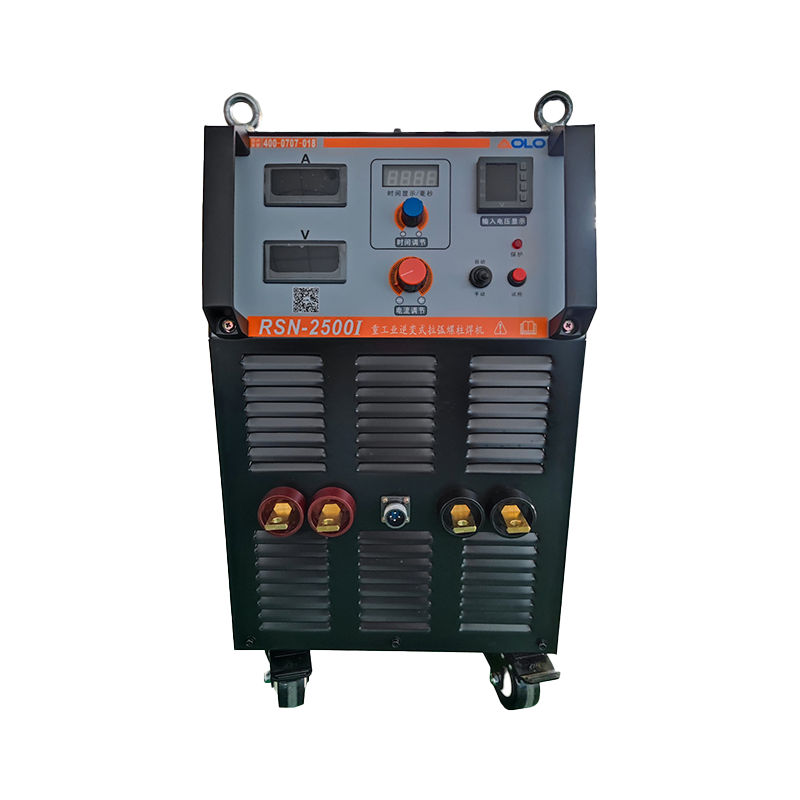NBC-315S/NBC-350S 380V 350A IGBT Inverter Portable welder 2T/4T MIG/MAG/MMA(GMAW/SMAW)
Cat:Gas shielded welding machine
1、The welding machine is small and can be connected to a wire feeder. ...
See DetailsStud welding machines can significantly optimize production efficiency by integrating data analysis and visual inspection systems.
Modern stud welding machines can be equipped with sensors and software that collect real-time data during welding operations. Key parameters such as voltage, current, welding time, and pressure are monitored to ensure consistency and quality. By analyzing these data points:
Early detection of irregularities like fluctuations in power or improper weld cycles can prevent defective welds.Historical data can be used to fine-tune welding settings for different materials and applications, reducing trial-and-error time.Patterns in operational data can reveal inefficiencies, enabling predictive maintenance and reducing downtime.
Incorporating machine vision systems enhances the quality control process by automating weld inspections. Cameras and image processing algorithms check each weld for defects such as misalignment, burn-through, or incomplete penetration. Benefits include:

Real-time feedback from visual systems allows operators to make adjustments instantly.Automated inspections eliminate human error, ensuring uniform weld quality.Visual inspection results can be linked with production data, offering a comprehensive view of each weld's performance.
Analyzing operational data helps identify patterns that precede machine failure. For example:
Tracking machine usage and wear over time allows for scheduled maintenance, avoiding unexpected breakdowns.Sensors monitoring critical components, such as welding tips or cables, can trigger alerts when replacements are needed.
Stud welding machines integrated with robotic systems can leverage visual and data analytics to achieve high automation levels. This includes:
If visual inspection detects a defect, the system can automatically correct it or mark the part for rework.Machines adjust welding parameters dynamically based on material variations or environmental conditions, improving productivity.
By consolidating data from multiple machines, production managers can identify bottlenecks, optimize workflow, and improve overall efficiency. Examples include:
Real-time dashboards provide actionable insights into machine performance and output.Analyzing data trends helps maintain process stability and reduce scrap rates.
The integration of data analysis and visual inspection systems leads to:
Reduced downtime due to proactive maintenance.Lower defect rates, reducing rework and material waste.Enhanced operator productivity by automating routine tasks.
By leveraging these advanced technologies, stud welding machines not only ensure high-quality welds but also maximize production efficiency, creating a smarter and more cost-effective manufacturing environment.
Contact Us